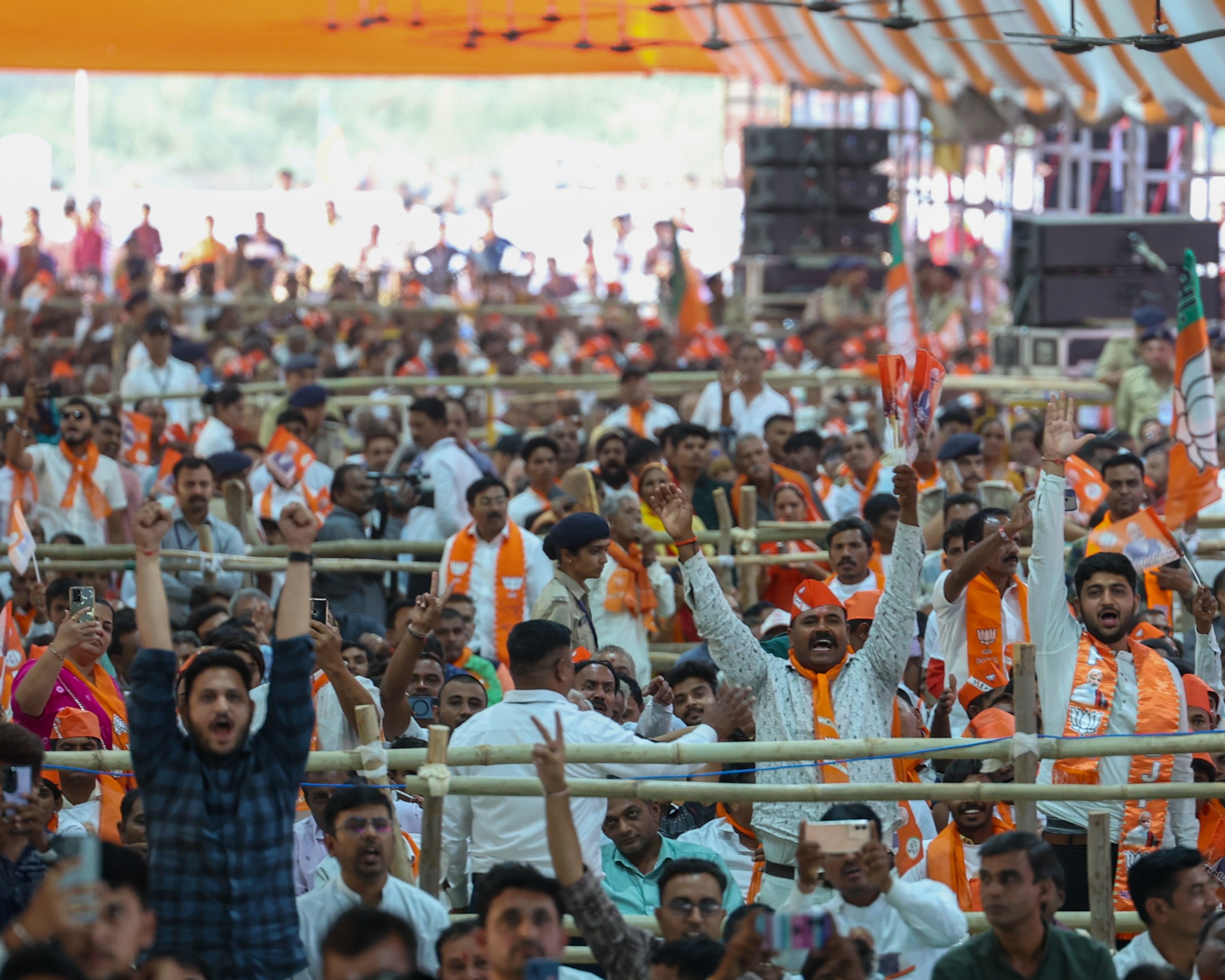
Undeniably, there is nothing surprising about rivals sparing no opportunity to target Congress leader Rahul Gandhi and trying to earn maximum mileage from it on the media front and in socio-political circles. They definitely gain more when allies of Congress also try and question his politico-electoral credibility. Campaigning for Maharashtra Assembly was witness to this political game. At present, Bharatiya Janata Party (BJP) has definitely reasons to be elated about is victory in Maharashtra Assembly elections. BJP’s victory from 132 seats in the state appears to convey message of its strong hold here. It had contested from more than 50% of 288 seats in the state. But the party is still not near the mark of forming the state government on its own strength. BJP may not have reached this stage without the state’s key regional parties having split in the recent years. This refers to division within Shiv Sena (SS) and Nationalist Congress Party (NCP) with significant number of members of both choosing to retain their respective parties’ names and aligning with BJP. The two divisions forced the remaining members of the two parties adopt new party-names and symbols.
If due to politicking indulged in, the strength of rival parties- headed by Sharad Pawar and Uddhav Thackeray had not been reduced to around fifty percent of what it was earlier, electoral results may have been totally different. This point is being specifically made to highlight the strategy exercised by BJP time and again in various states for electoral gains. It is that of either befriending and/or targeting regional parties to reduce their strength and then try and gain on the same in various ways. BJP has certainly succeeded on this front in Maharashtra Assembly Polls.
At the same time, there is another angle to this electoral game which cannot be ignored. This specifically refers to strategies exercised by opposition parties- as INDIA-bloc. They apparently failed to present themselves before the voters as a united front. In addition to strains visible during their talks on seat sharing, several leaders’ attempt to highlight weakness of Rahul Gandhi as a leader was probably equivalent to their making noise about their own bloc’s limitations. This point was linked with Congress party’s failure to win Haryana Assembly elections. Besides, BJP’s success in Haryana only helped it further in promoting itself in Maharashtra and targeting Congress as well as its leader Rahul. This strategy- that of targeting Rahul certainly helps his rivals gain media-space and voters’ attention.
In addition, another time-tested strategy of BJP was apparently put to use in Maharashtra also. This is that of ensuring that numerous candidates contest from one seat, including those from smaller parties and as independents. This point is made on basis of most successful candidates, including those of BJP, having secured less than fifty percent votes with their being a marginal difference between them and those ranking second. It is possible, results may have been different if numerous other candidates were not apparently deliberately fielded to ensure division of votes and so forth. Here, it may be noted, on its own, BJP secured 26.77% votes and together with its key allies, Shiv Sena (SS) and Nationalist Congress Party (NCP) around 47% votes. The message is clear. The role played by political strategies exercised by BJP and its allies to win Maharashtra Assembly cannot be sidelined. In contrast, the opposition parties seem to have erred in doing so.
However, the electoral-game staged in Jharkhand displays a different outcome. Here, among all parties, BJP secured maximum percentage of votes – 33.18% but didn’t take the lead in winning seats. BJP won 21 seats, while Jharkhand Mukti Morcha (JMM) won 34, though it secured lesser votes – 23.44%. Congress won 16 seats and 15.56% votes. Here, a stronger fight was definitely displayed by INDIA-bloc, with Rahul displaying a stronger stand towards allies in sharing of seats. Weakness visible in Maharashtra fairly openly and loudly didn’t seem to be present here.
Interestingly, the leader who outshines all others in elections and bye elections held recently is perhaps West Bengal Chief Minister Mamata Banerjee. This is marked by not just her party, Trinamool Congress (TMC) winning all the six seats where bye elections to Assembly were held. What is to be noted is that all received more than 50% votes, of whom two candidates secured more than 70%. It cannot be ignored that since the RG Kar Hospital rape and murder case (August 4, 2024), Banerjee, her government and party have been subject to practically endless negative criticism holding her as “responsible” for the incident. Since she heads the state government, of courses she cannot escape criticism for what happens in her state. At the same time, the reality that extensive criticism against her is also a part of her rivals attempt to defame her, her government and her party cannot be ignored. It appears that people in her state are strongly aware of such politicking. This is apparently proved by failure of rival candidates to all six seats including those from BJP, Congress and few others in dividing votes favoring TMC. This point would not have been made if TMC candidates had won without receiving at least 50% votes.
Success of BJP with its allies in Maharashtra and that of INDIA-bloc in Jharkhand may thus be viewed as partly limited. Success of both rests on less than 50% votes. The two sides have won the needed number of seats in two states to form governments but this is not really suggestive of their also enjoying strong confidence of voters!
